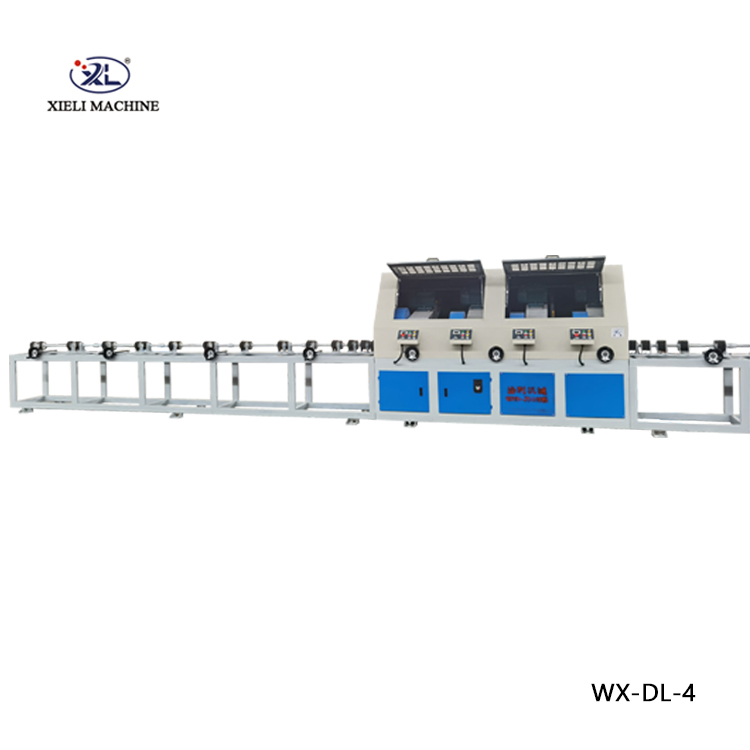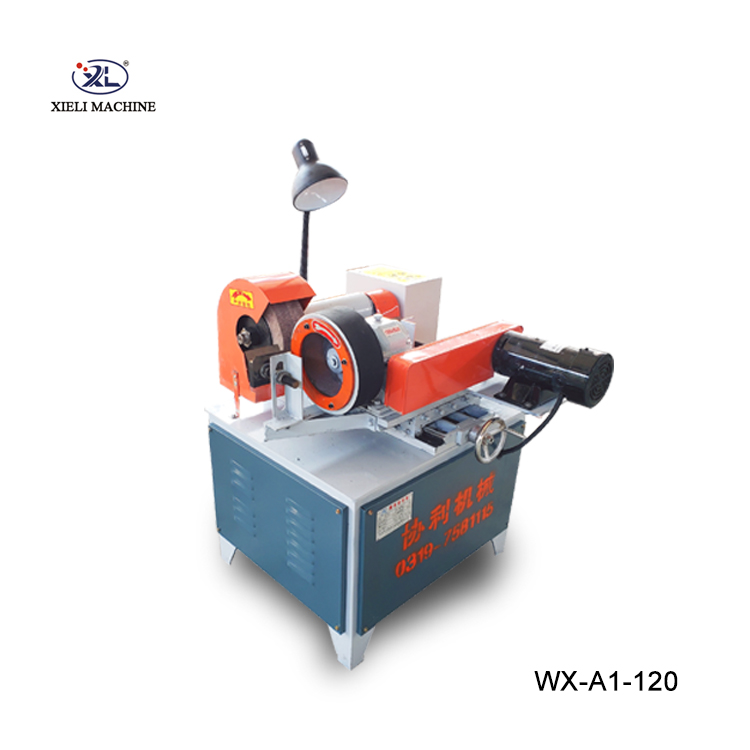Best Homemade Centerless Grinder A Comprehensive Guide
If you're a DIY enthusiast or a metalworking hobbyist, you may have encountered situations where you needed a centerless grinder but found them to be prohibitively expensive or hard to find. A centerless grinder is a valuable machine for shaping and finishing metal rods and tubes. The good news is that you can build your own homemade centerless grinder tailored to your specific needs. This article will guide you through the basic concepts, components, and construction tips for creating the best homemade centerless grinder.
Understanding Centerless Grinding
Before diving into the construction, it's essential to understand how centerless grinding works. Unlike traditional grinders, which clamp the workpiece between two centers, centerless grinding supports the workpiece on a ledge, allowing it to rotate freely. There are three main components involved in the process the grinding wheel, the regulating wheel, and the workpiece support.
The grinding wheel is typically made of high-quality abrasive material, designed to cut away material from the workpiece. The regulating wheel helps control the workpiece's speed and feed rate, while the support keeps the workpiece aligned. This arrangement allows for high precision in grinding cylindrical objects.
Essential Components of a Homemade Centerless Grinder
1. Base Frame The foundation of your grinder should be sturdy and stable, as it needs to absorb vibrations during operation. Steel or heavy-duty plywood can be excellent materials for building the base.
2. Grinding Wheel You can source grinding wheels from local suppliers or online retailers. Choose a wheel that fits your material's requirements (like aluminum oxide for steel or silicon carbide for softer materials).
3. Regulating Wheel Like the grinding wheel, the regulating wheel can be obtained from various suppliers. The choice of wheel will depend on the workpiece size and the desired finish.
4. Alignment Mechanism A mechanism for adjusting the alignment of the wheels is crucial to ensure accurate grinding. This can be as simple as threaded rods and eccentric cam systems that allow fine-tuning of wheel positions.
5. Motor A powerful motor, ideally between 1 to 3 HP, is necessary to drive the grinding and regulating wheels. Depending on your setup, an electric motor should suffice for most home applications.
best homemade centerless grinder

6. Control System Depending on how sophisticated you want your grinder to be, you might include a variable speed control for the motor. This allows for increased flexibility when grinding different materials and sizes.
7. Workpiece Support and Feed Mechanism A solid workpiece support that keeps the rod in place is essential for achieving even grinding. Consider constructing a simple feed mechanism that moves the workpiece through the grinder at a consistent rate.
Building Your Homemade Centerless Grinder
1. Design a Blueprint Before starting construction, sketch a detailed design of your centerless grinder. Include dimensions and placements for each component. A well-thought-out plan minimizes mistakes and wasted materials.
2. Assemble the Base Start with the base. If you’re using wood, ensure it’s thick and resistant to warping over time. If metal, weld together a robust frame to provide stability.
3. Install the Motors and Wheels Mount the grinding and regulating wheels to their respective motors, ensuring they are securely fastened. Check that both wheels are parallel and aligned correctly.
4. Add the Alignment Mechanism Once the wheels are in place, install your alignment system. Make sure that adjustments can be made easily, as this is pivotal for maintaining grinding accuracy.
5. Set Up the Control System If your grinder includes a variable speed control, wire it to the motor carefully, following safety standards. Ensure that it is convenient to access during operation.
6. Testing and Calibration Before using your grinder on actual workpieces, run a few tests with scrap materials. Adjust the feed rate and wheel alignment as necessary to achieve the desired results.
Conclusion
Building your homemade centerless grinder can be a rewarding project that amplifies your metalworking capabilities. Not only do you save on costs, but you also gain a valuable machine tailored to your specific needs. By following the steps outlined in this guide and exercising caution during construction, you can create a reliable and effective centerless grinder. Happy grinding!





